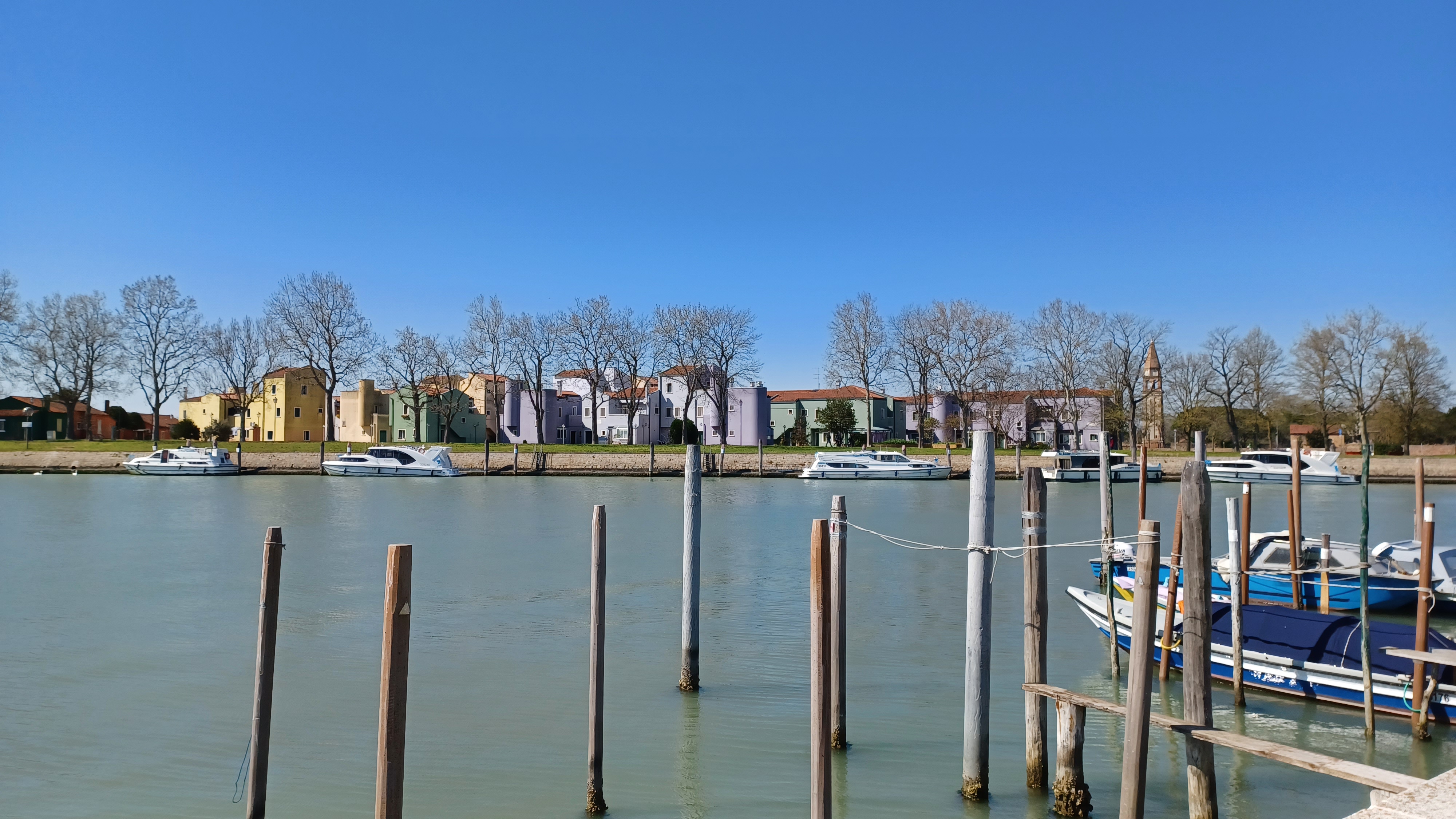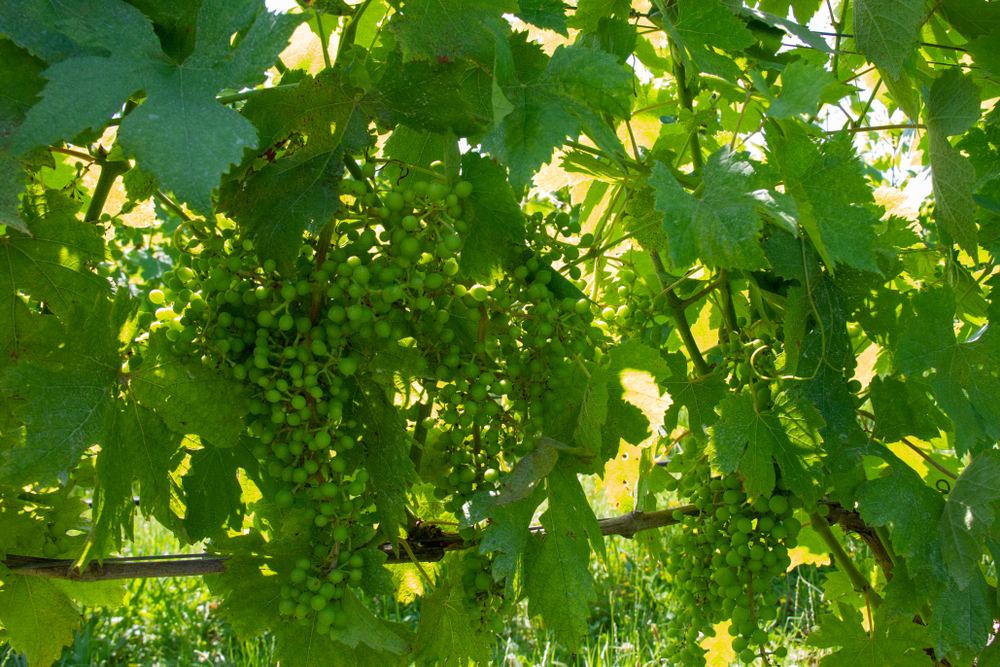The gloomy landscape of the Venetian lagoon has often surprised those who associate it with Venice and nothing else. “This damp expanse, speckled with islets, clogged with mud-banks and half-drowned fields…a place of beautiful desolation,” wrote Jan Morris.
Perhaps that was an incentive of sorts to make the houses so colorful, the palaces so grand and the art so epiphanous. From the dreamy dollhouses of Burano to the grandiose palaces of Venice, the residents of the lagoon have succeeded in turning this swampy marshland into a place of joy, spectacle and beauty.
And then there’s Mazzorbo, where the old melancholy of the lagoon still survives.
The “boggy mirage” of Mazzorbo

A strange mix of ordinariness and otherworldliness, Mazzorbo shimmers across the water from colorful Burano, with which it is connected by footbridge. In the winter fog and in the haze of the summer heat, it seems to float out of the lagoon, like some boggy mirage. It's a curious place that’s short on sights and not exactly somewhere to go out of your way for, but there’s an odd allure about it, one that drew me away from the whimsy of Burano into something altogether more solemn.
Mazzorbo is one of the lagoon’s oldest inhabited islands. The Romans knew it as Maiurbium and built a shrine here to the god Belenus. Along with Torcello and Burano, it was one of the first places in the lagoon to be settled by mainlanders fleeing the barbarian invasions of the fifth and sixth centuries. Back when Venice was still a backwater, Mazzorbo was a wealthy and powerful settlement, buoyed by its proximity to Torcello (then the political, religious and commercial center of the lagoon). Its customs center looked after the flow of commerce coming in from across the Alps and its legion of windmills swept up lucrative salt from the lagoon for its merchant fleet to sell far and wide. As many as 10 churches were found on the island, along with rows of exorbitant villas and lush gardens. It became a noted hub for religious studies, too.
The decline of Mazzorbo came swift and fast. In the 11th century, Venice overtook the other islands to become the new seat of power in the area. Meanwhile, river diversion works on the mainland had caused the water in the northern lagoon to stagnate and treacle. Boats could no longer call at Mazzorbo. The area became known as la laguna morta — the dead lagoon.
The residents of Mazzorbo sensed the way the wind was blowing, packed up and moved to Venice. Those who remained were lost to the various plagues that ravaged the island from the 14th century onward. Mazzorbo became obsolete, whittled down to a few crumbling houses, rotting piers and overgrown gardens. Several other wealthy and powerful pioneer islands — Ammiana, Constanziaco — were simply swallowed by the lagoon, never to be seen again. Apart from the Church of Santa Caterina, built in the 13th century and whose bell (1318) is the oldest in the lagoon, nothing of this once remarkable world survives.
But Mazzorbo’s story doesn’t end there. In the 1980s, architect Giancarlo De Carlo hatched a plan to repopulate the islet by building 150 new homes. This was — in effect — social housing (of which De Carlo was a big proponent), though built in a quasi-rationalist style that feels more De Chirico than Burano. This project wasn’t fully completed until 1997, and Mazzorbo is now home to a population of around 300. Though the results aren’t postcard-pretty, the village has a subtle beauty which grows on you, with the blocky buildings and muted colors giving it a slightly netherworld vibe.
Eerie tranquility and accidental beauty

In 2002, Gianluca Bisol, a noted winemaker from Treviso, was exploring nearby Torcello when he spied a vine he had never seen before. After bringing it home to analyze, he discovered that it belonged to the Dorona grape, a unique variety once grown in the lagoon but thought to have gone extinct after the islands were flooded in 1966.
Inspired, Bisol scoured for more vines, discovering a few on the island of Sant’Erasmo which had survived the flood. He then bought the old abandoned vineyard on Mazzorbo and started planting. Growing wine in a saltwater lagoon isn’t easy, but ten years later he was able to produce the first bottle of Dorona wine in half a century. The revival of the Dorona grape is one of the great success stories of 21st-century viticulture, and it happened right here on Mazzorbo.
Today, Bisol’s presence on Mazzorbo has expanded to include the Venissa Wine Resort, which hosts two restaurants (the Michelin-starred Venissa and the more casual Osteria Contemporanea) and some luxury lodgings that attract people looking for a more serene lagoon stay. In addition to the famous wine, Bisol cultivates herbs and vegetables, including the island’s iconic castraùre (artichokes), which are famous throughout Venice. The vineyard, surrounded by its restored medieval walls and enclosing a 14th-century belfry, is a joy to wander around.
Mazzorbo today is a place of eerie tranquility and accidental beauty. It hosts a summer fair and is a great setting off point for exploring the waters of the northern lagoon. Charterboat.it rent out self-driving houseboats (no license needed) to explore at your leisure; or you can opt for a glass-bottom boat tour with El Bragosso Va, which takes you to the “lost islands” of Ammiana and Constanziaco.
So next time you’re in Burano, look out for those strange, dreamlike apparitions across the canal. And cross the rickety wooden bridge to experience one of the Venetian lagoon’s strangest and most emblematic success stories.














